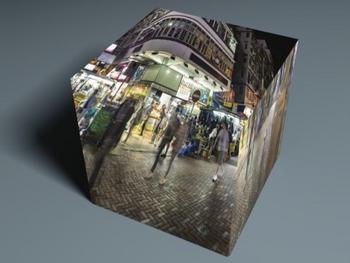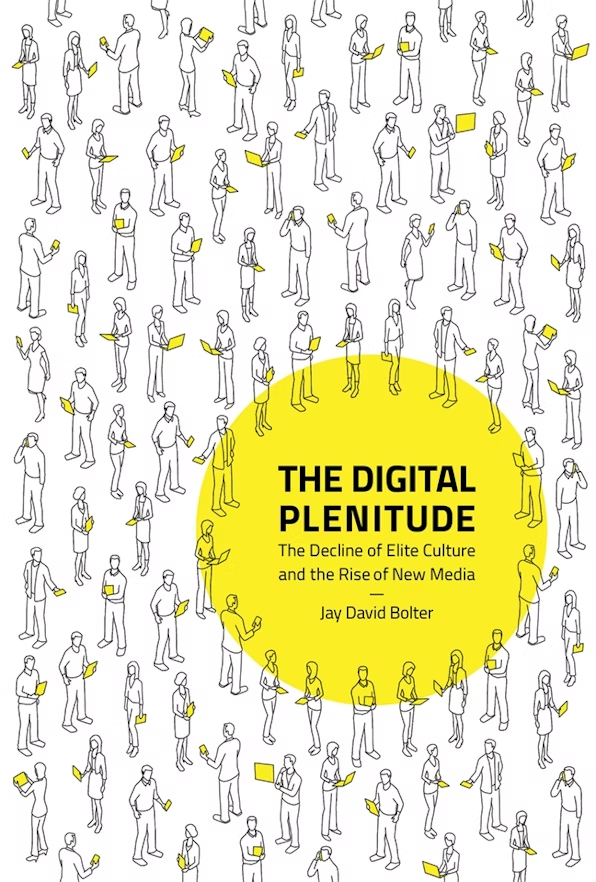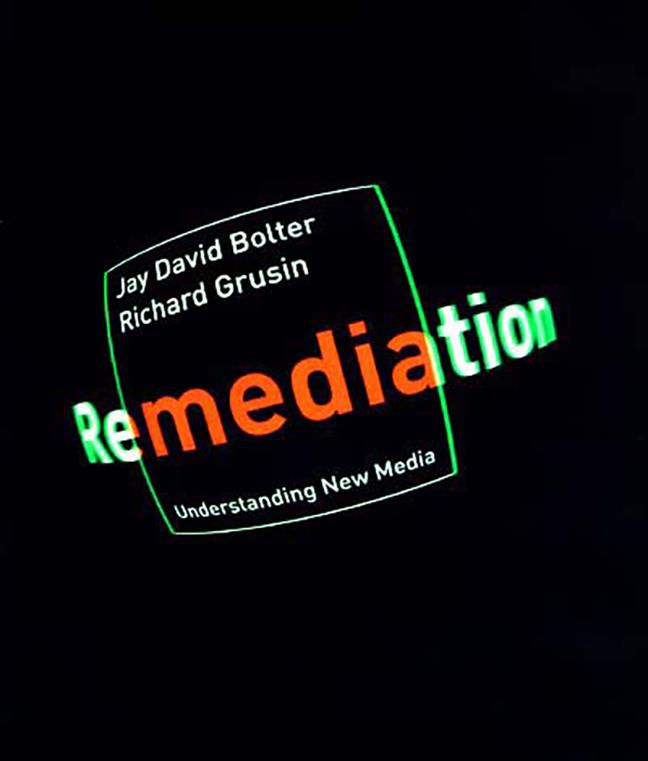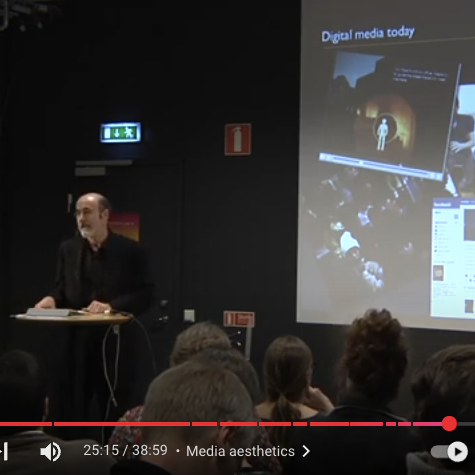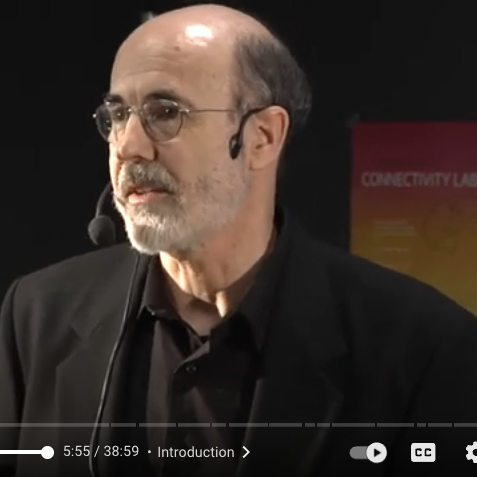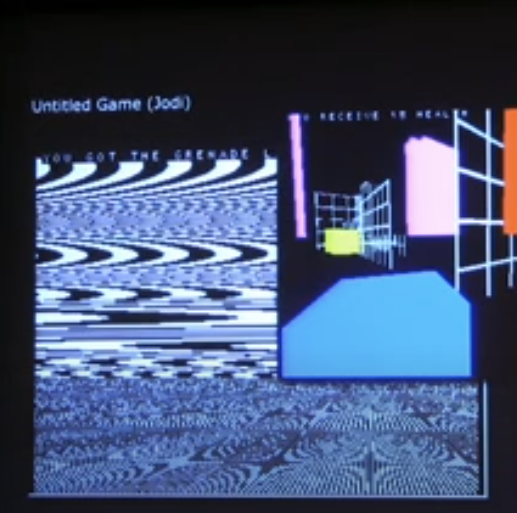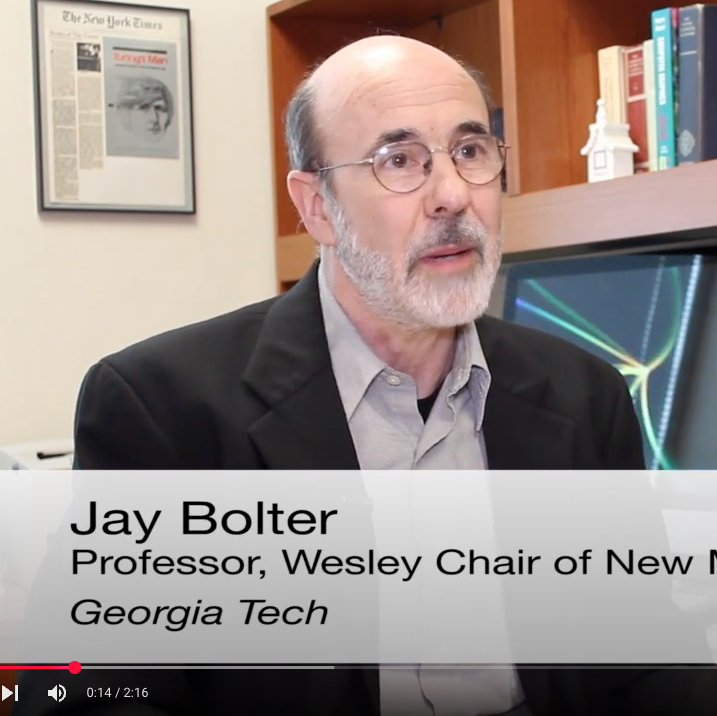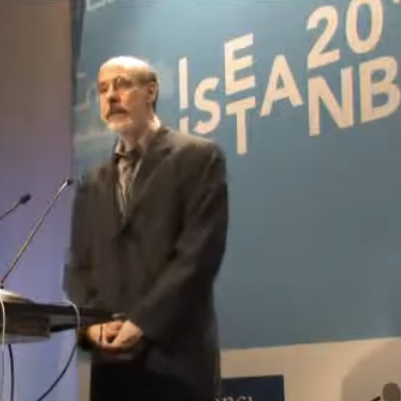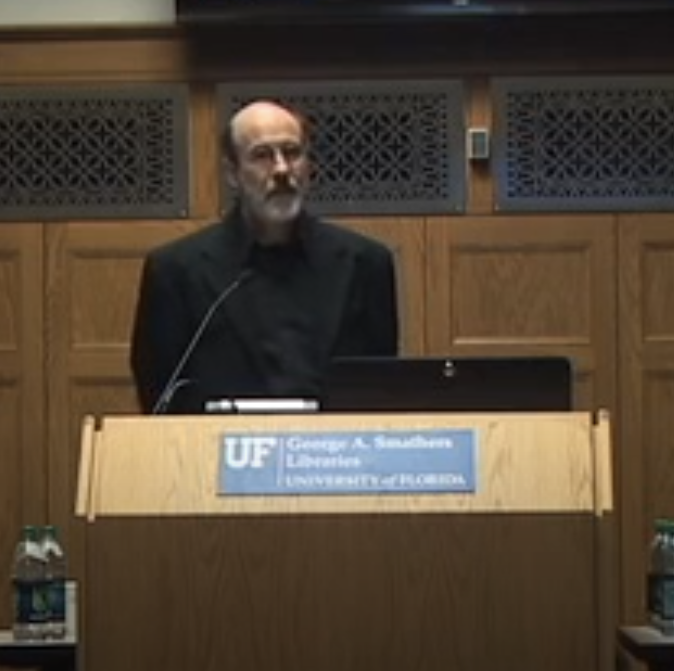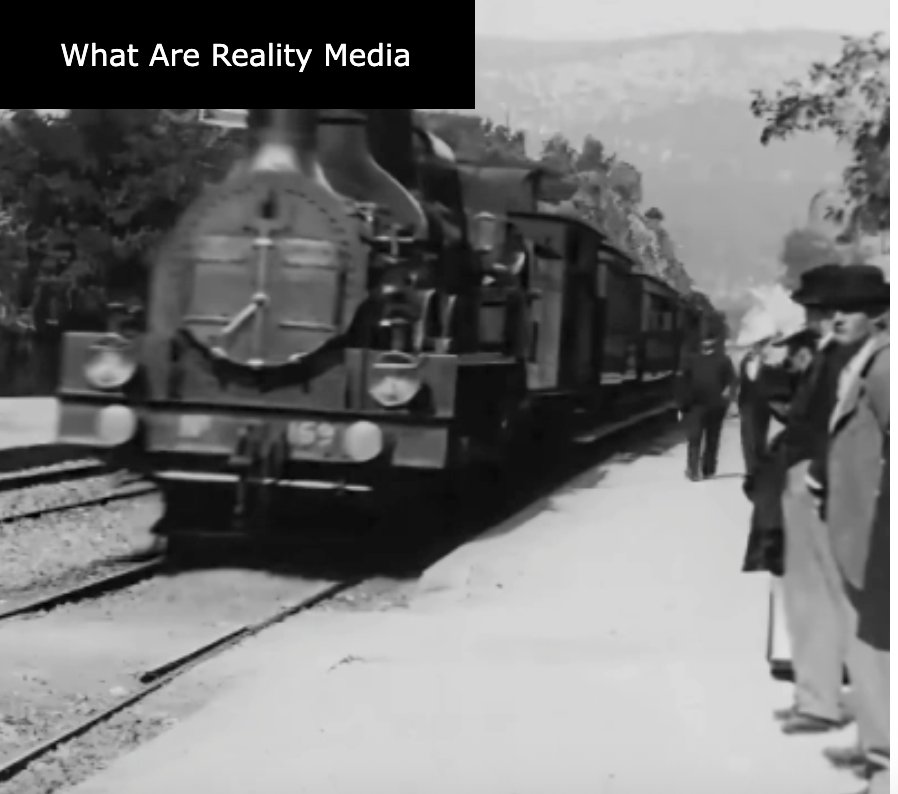Media Theory & History
Examining continuities, disruptions, and remediations across print, film, television, and born-digital media.
More
I study how new (digital) media affect and are affected by earlier media and media forms, including film, television, and print. That work began with Writing Space: The Computer, Hypertext and the Remediation of Print (first edition 1991; second edition 2001 by Lawrence Erlbaum). Writing Space examined the computer’s place in the history of symbolic (textual) media. I argue that digital hypertext is the remediation of the printed book. Remediation: Understanding New Media (coauthored by Richard Grusin, MIT Press, 1999) focuses on the relationship between visual digital expressions (such as computer games and the World Wide Web) and earlier media forms (such as film and television). We argue that digital forms both borrow from and seek to surpass earlier forms, and we give this process the name “remediation.” Windows and Mirrors (coauthored with Diane Gromala, MIT Press, 2003) examines digital art as a radical form of interface design. My most recent single-authored book The Digital Plenitude was published by MIT Press in 2019. It focuses on two developments in the second half of the twentieth-century century that have helped to define our media culture in the twenty-first: the decline of cultural hierarchy and the rise of digital media. There is a digital companion at www.digitalplenitude.net.

